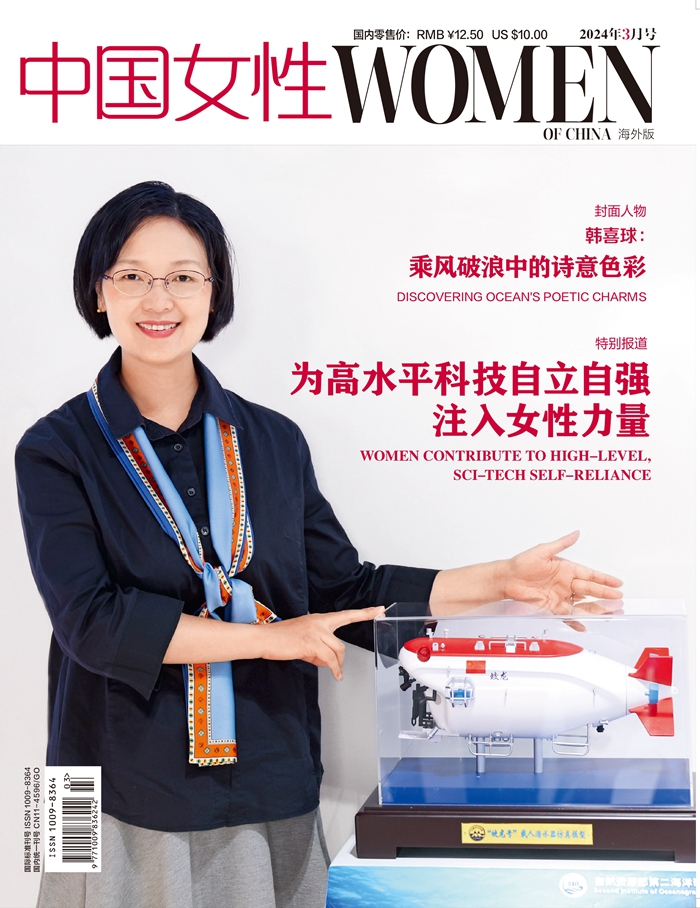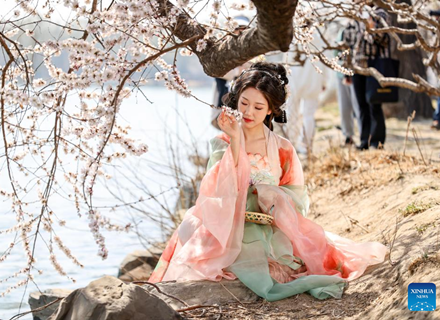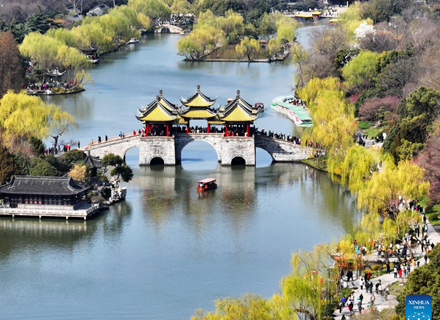Traditional Thangka Paintings Stand Test of Time
 |
| Tongren is famous for the local Regong thangka. It is part of the Regong arts that were inscribed on the UNESCO intangible heritage cultural list in 2009. [Xinhua] |
Along the G316 highway in Tongren City in Northwest China's Qinghai Province, dozens of thangka art academies dot a section of road several kilometers in length. Nearby villages boast painters of the thousand-year-old art.
"Everyone in my family except me is a thangka painter," said 33-year-old Kanzhoiji from Wutunxiazhuang Village in Tongren.
Thangka paintings are Tibetan Buddhist scroll paintings on cotton or silk with mineral and organic pigments derived from coral, agate, sapphire, pearl, gold, and other sources so that the color lasts for centuries. The paintings date back to the 10th century and typically depict Buddhist deities.
Tongren is famous for the local Regong thangka. It is part of the Regong arts that were inscribed on the UNESCO intangible heritage cultural list in 2009.
Fifteen years ago, less than 5,000 people were engaged in Regong thangka-related businesses, local statistics showed. Today, nearly 10,000 people in Tongren, or one-ninth of the city's population, work in various trades of Regong arts.
Thangka, once a form of religious painting, has now become a popular choice for home decoration and even collection.
"Some thangka paintings with traditional Chinese elements are very popular among our customers," said Gesang Gyaco, a local salesman, adding that one horse-themed piece has become a hit among customers in North China's Inner Mongolia Autonomous Region.
The artwork features a white horse head surrounded by orange clouds against a blue lake background and other Tibetan cultural motifs. It costs 1,900 yuan (about $298) and Gesang Gyaco sold 600 pieces last year.
Tongren has seen an increase in thangka sales and practitioners as a result of various local thangka art academies and industrial parks that have sprung up in recent years.
Lanka, founder of a Regong ethnic cultural center, said over the past five years, the center has cultivated over 800 students, whose artworks have been sold to many European countries.
"Thangka paintings are very popular in France. We have cooperated with an art center in Aulnay to exhibit and sell our products regularly," said Lanka, adding that one of the artworks was sold for more than 3 million yuan.
The high value of thangka paintings has attracted more local farmers and herders to join the trade, said Qiao Delin, director of a committee for preserving Regong arts in Huangnan Tibetan Autonomous Prefecture, which administers Tongren.
In the past three years, the prefecture has built 76 centers for teaching the thangka craft, Qiao added.
Zhu Maoji, 25, from Gannan Tibetan Autonomous Prefecture in Northwest China's Gansu Province, has been studying in a local center for over five years.
"It takes patience and determination to paint thangka," Zhu said, adding that she has been working on a painting with three of her fellow students for more than one year.
Radan Gyanco, a 26-year-old teacher at the center, started to learn the craft at the age of 11. Since 2013, he has taught over 100 students.
"I want more people to know about the art," Radan Gyanco said.
(Source: Xinhua)
Please understand that womenofchina.cn,a non-profit, information-communication website, cannot reach every writer before using articles and images. For copyright issues, please contact us by emailing: website@womenofchina.cn. The articles published and opinions expressed on this website represent the opinions of writers and are not necessarily shared by womenofchina.cn.








 WeChat
WeChat Weibo
Weibo 京公网安备 11010102004314号
京公网安备 11010102004314号